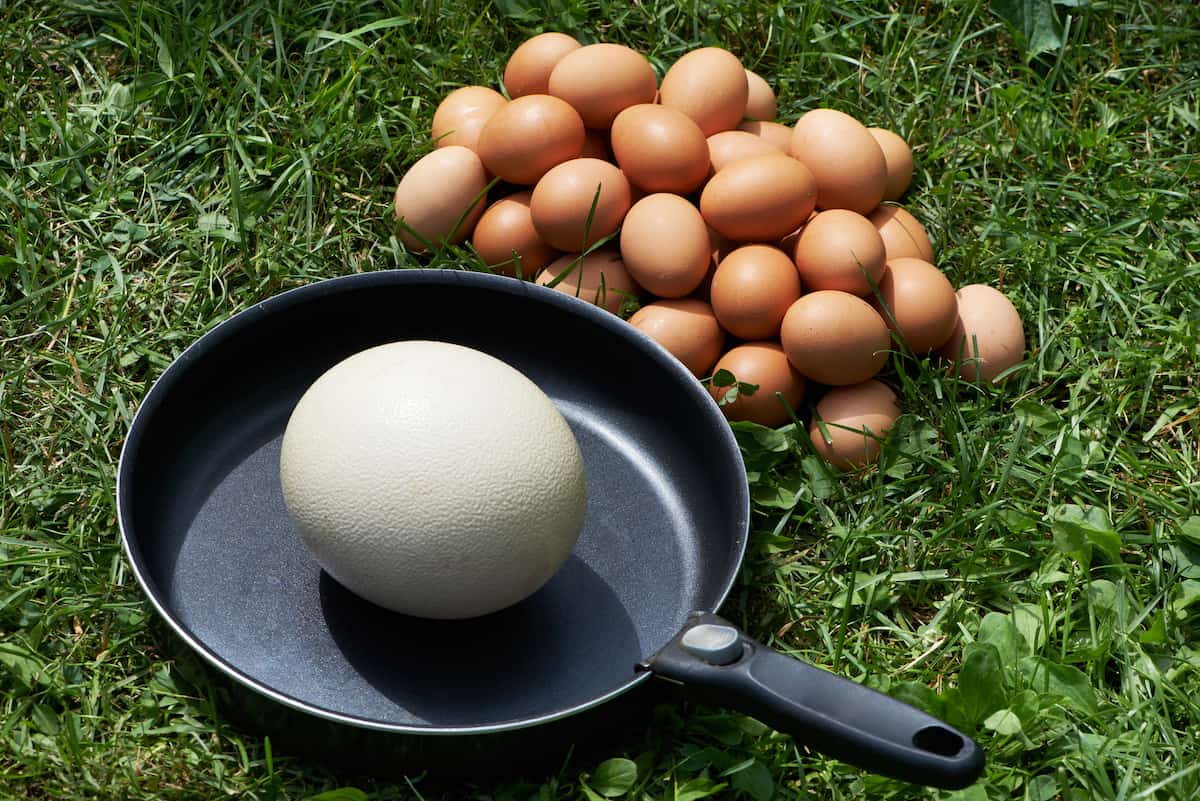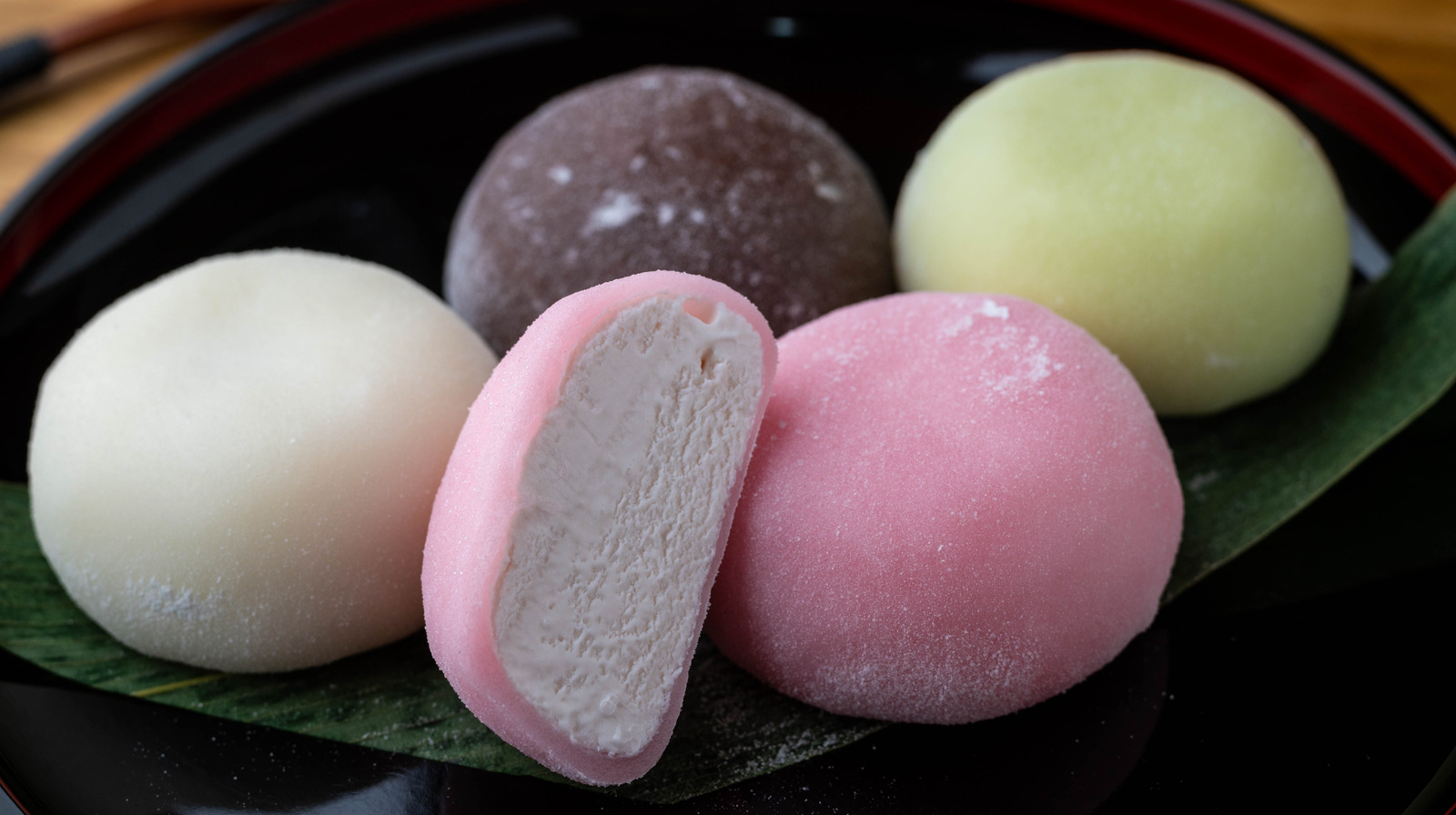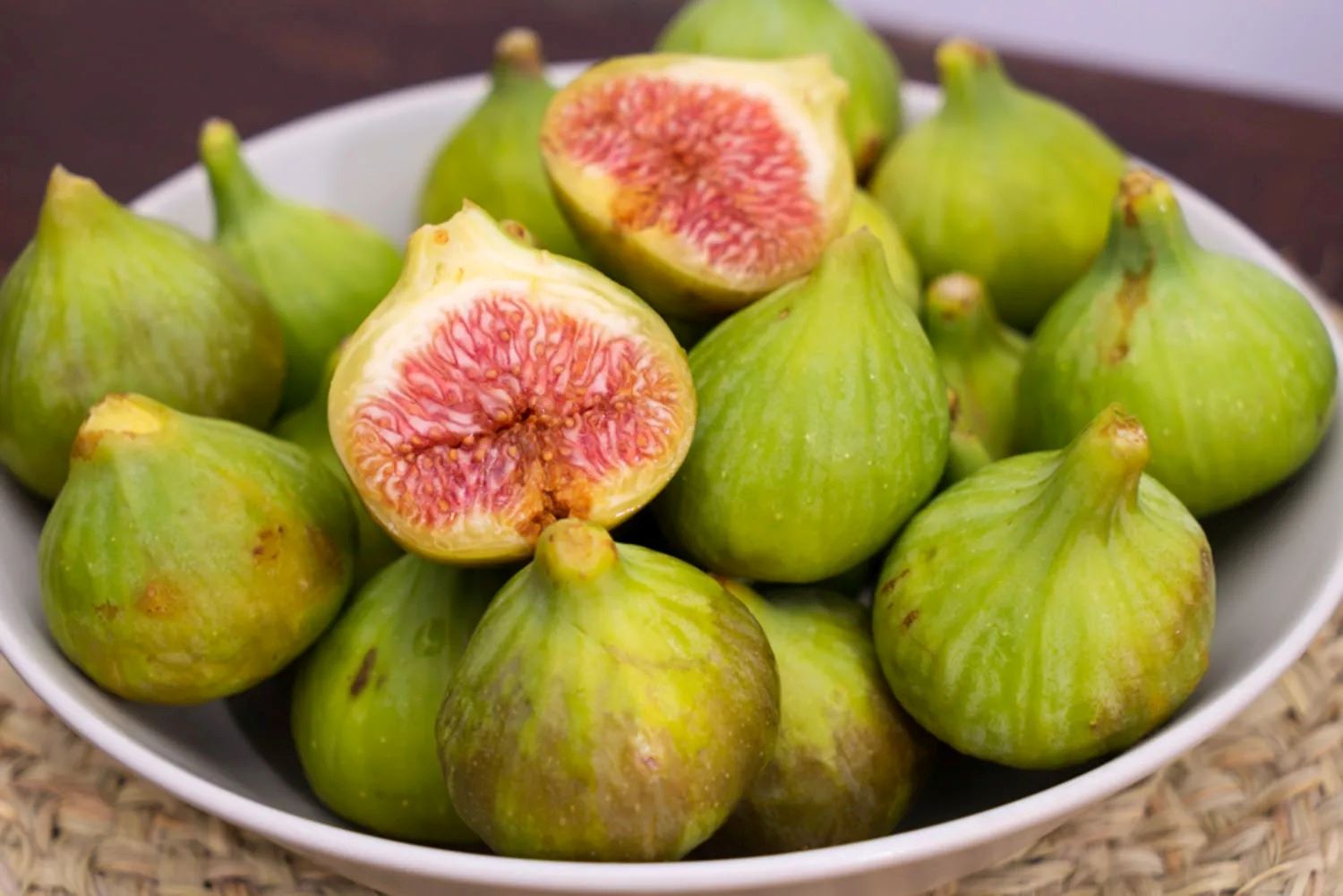When it comes to unique and exotic foods, ostrich eggs are definitely at the top of the list. These massive eggs are not only a novelty but also a delicious and nutritious option for those looking to try something different. In this article, we'll explore the process of eating an ostrich egg and provide some tips on how to make the most of this extraordinary culinary experience.
What is an Ostrich Egg?
Before we delve into the process of consuming an ostrich egg, let's take a moment to appreciate the sheer size of these remarkable eggs. An ostrich egg is the largest of all bird eggs, with an average weight of around 3 pounds. To put that into perspective, it's equivalent to approximately 24 chicken eggs! Ostrich eggs have a thick, hard shell that requires some effort to crack open, but the reward inside is well worth it.
Preparing the Ostrich Egg
Before you can enjoy the contents of an ostrich egg, you'll need to tackle the task of opening it. Here's a step-by-step guide to preparing an ostrich egg for consumption:
-
Gather your tools: You'll need a sharp knife or a sturdy pair of scissors to crack open the egg. The shell is incredibly tough, so be prepared to exert some force.
-
Find a suitable container: Once the egg is opened, you'll need a large bowl or container to catch the contents. A mixing bowl or a deep plate should suffice.
-
Crack the egg: Carefully tap the egg with the knife or scissors to create a small hole in the shell. Once you've made a sufficient dent, use the tool to chip away at the shell until you can pour out the contents.
Cooking with Ostrich Eggs
Now that you've successfully opened the ostrich egg, you may be wondering how to use it in your culinary endeavors. Ostrich eggs are incredibly versatile and can be used in a variety of dishes, much like chicken eggs. Here are a few ideas for incorporating ostrich eggs into your cooking:
-
Scrambled eggs: A single ostrich egg can yield the equivalent of 24 chicken eggs, making it perfect for feeding a crowd. Scramble the egg just as you would with chicken eggs, and season to taste.
-
Baking: Ostrich eggs can be used in place of chicken eggs in baking recipes. Their rich, creamy texture adds a unique twist to cakes, muffins, and other baked goods.
-
Omelets and frittatas: Get creative with your omelet or frittata fillings and use ostrich eggs as the base for a hearty and satisfying meal.
Nutritional Benefits of Ostrich Eggs
In addition to their culinary appeal, ostrich eggs also offer a range of nutritional benefits. They are packed with protein, vitamins, and minerals, making them a healthy choice for those looking to boost their nutrient intake. Ostrich eggs are particularly high in protein, which is essential for muscle growth and repair. They also contain significant amounts of vitamin B12, iron, and omega-3 fatty acids, all of which are important for overall health and well-being.
Conclusion
Eating an ostrich egg is a unique and memorable experience that offers both culinary and nutritional rewards. Whether you choose to scramble, bake, or fry the egg, you're sure to be impressed by its rich flavor and creamy texture. So, the next time you're looking to shake up your culinary routine, consider adding an ostrich egg to the menu. It's a delicious and nutritious option that's sure to impress even the most adventurous food enthusiasts.
Exploring Ostrich Egg Recipes and Further Applications
After mastering the basics of how to handle an ostrich egg, it's time to put your skills to the test with exciting recipes. For those eager to start with something straightforward yet rewarding, Delicious Ostrich Egg Frittata Recipe is highly recommended. Its blend of creamy feta and fresh spinach perfectly complements the rich texture of ostrich egg. If you're in the mood for something more adventurous, the Spicy Ostrich Egg Shakshuka Guide offers a fiery twist on a classic dish that's sure to impress. For a delightful end to any meal, try making the How to Make Ostrich Egg Pavlova; its light, airy texture and sweet flavor make it a perfect dessert for special occasions.











